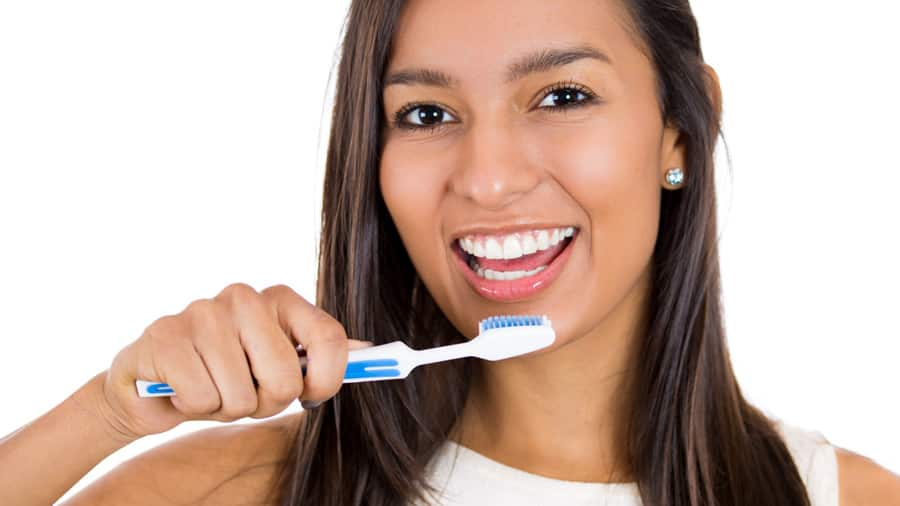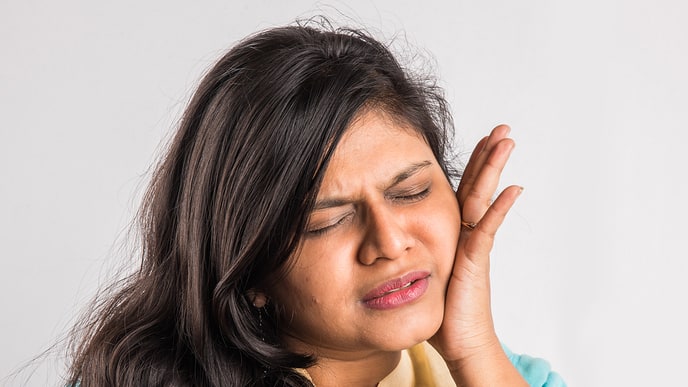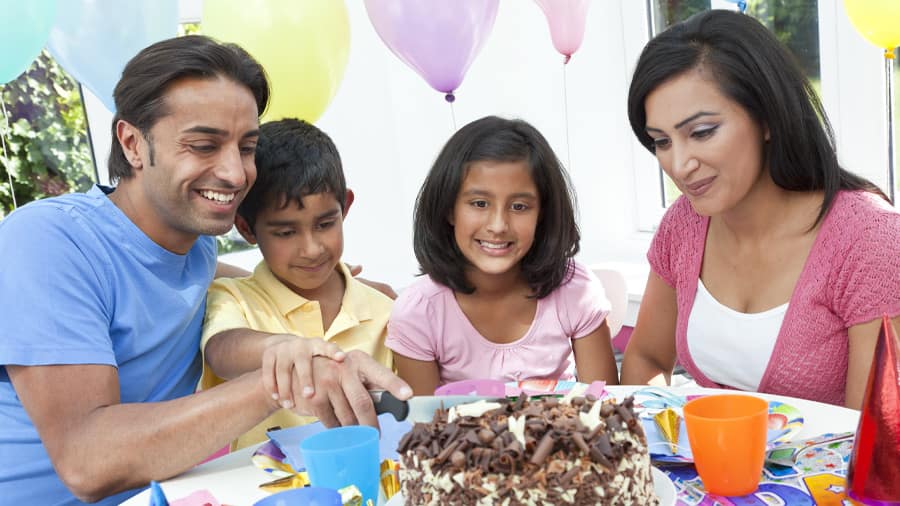Incisors Slice Food
Your smile begins with your incisors. The IDA further notes that the incisors are the squarish, sharp-edged teeth at the front and middle of the mouth. There are four at on the bottom and four on the top. Your incisors mainly work to slice and dice food into more easily chewable pieces. There are two types of incisors:
Central Incisors
National Oral Health Programme explains that central Incisors are placed at the centre, they help you bite and cut food, they are the first milk tooth to erupt in your mouth. . . A research study published in the International Healthcare Research Journal notes that injuries to the upper central incisors are common during sports, that's why it's important for children and athletes alike to use special protection, such as a mouth guard, when engaging in sports.
Lateral Incisors
Your front two teeth might have a "central" role in your smile, but the teeth just next to these — your lateral incisors — also help to form the perception of a great smile. A study in Periodontics and Prosthodontics points out that the shape, location and position of these teeth in relation to your central incisors make up the "golden proportion," which is the size relationship that humans perceive as visually pleasing.
Cuspids Grip and Tear Food
Your four cuspids are the fang-like teeth that sit next to your lateral incisors. They're also often known as eye teeth (in the case of the upper two) or canines. Byjus explains that canines are also called cuspids. They are situated at the ‘corners’ of the dental arches. They are characteristically sharp, elongated and pointy surface. Their primary function is to grip and tear food (tough food such as meat). Humans have four canines, two in the upper jaw and two in the lower jaw.
Premolars Crush Food
According to the IDA, behind the canines are the premolars, or bicuspids. There are two sets, or a total of four premolars, in each jaw two behind each of the canines on the bottom and two behind each canine on the top. These teeth are absent in the primary set. Premolars are also called bicuspids and are located behind the canines, notes Byjus.
Molars Grind Up Food
The IDA explains that the molars, situated behind the premolars, have cusps points and grooves. There are 12 molars in the adult mouth — three sets in each jaw called first, second, and third molars. In a full set of permanent teeth, there will be six molars in total, with three on the top and three on the bottom:
First and Second Molars
Your first molars are located toward the back of your mouth next to your second premolars. Behind them are your second molars, as the ADA chart outlines. These teeth have pits and fissures, which are grooves that can harbour bacteria and decay. The IDA suggest that parents should consider professionally-applied sealants as another way to protect children's teeth from cavities. Sealants, a thin coating of bonding material applied over a tooth, act as a barrier to cavity-causing bacteria.Third Molars
The IDA explains that the third molars are called wisdom teeth. Wisdom teeth get their name because, as the last teeth to erupt, they break through when a person is becoming an adult and is supposedly wiser.
Per the ADA, teeth can actually last for hundreds of years, but they're susceptible to wear, damage and decay over a lifetime. Make sure to brush twice a day, floss daily and keep up with regular dental appointments to ensure all of your teeth stay healthy.
This article is intended to promote understanding of and knowledge about general oral health topics. It is not intended to be a substitute for professional advice, diagnosis or treatment. Always seek the advice of your dentist or other qualified healthcare provider with any questions you may have regarding a medical condition or treatment.
ORAL HEALTH QUIZ
What's behind your smile?
Take our Oral Health assessment to get the most from your oral care routine
ORAL HEALTH QUIZ
What's behind your smile?
Take our Oral Health assessment to get the most from your oral care routine













